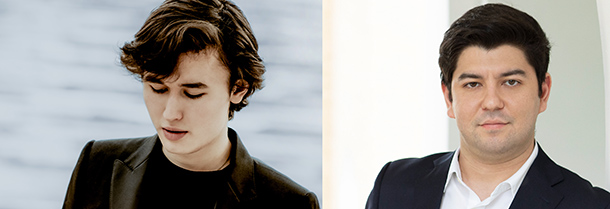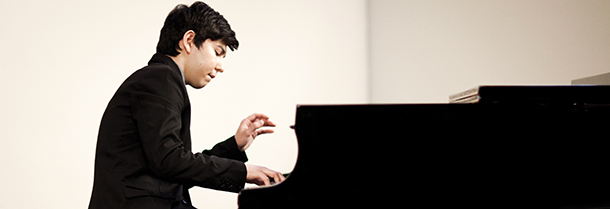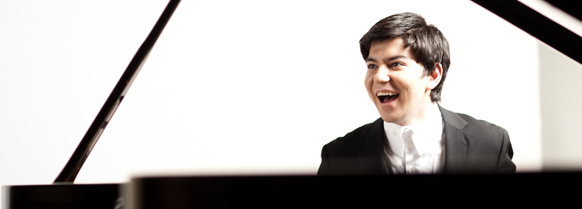Tag: Behzod Abduraimov
-

-

PROGRAM NOTES: BEHZOD ABDURAIMOV
Antonio Vivaldi Siciliana in D minor (arr. J. S. Bach and Alfred Cortot) Nothing could be more Baroque than an arrangement of an arrangement. The Baroque was a period in music history in which music travelled freely between instruments and instrumental ensembles. Bach’s Organ Concerto No. 5 for solo organ BWV 596, composed sometime…
-

PROGRAM NOTES: BEHZOD ABDURAIMOV
Franz Schubert: Piano sonata in A major, D. 664 (Op. 120) Scholars lack definite evidence for the date and place of composition of Schubert’s early A major sonata, but most are willing to grant that most likely he wrote it during the summer of 1819 while vacationing in Steyr in Upper Austria. He wrote to…
-

ONE OF OUR FAVOURITE COMPOSERS: FRANZ SCHUBERT
“When Schubert wants to tell you something important, he will usually lower his voice rather than raise it – he draws you into the message, rather than projects it out to you.” Paul Lewis Last week, we pointed out Franz Schubert, a much-loved composer by our audiences, will be well represented in our 2012-2013 season.…
-

SOME THOUGHTS ON OUR UPCOMING 12-13 SEASON
Today we want to share with you a few thoughts and facts about our recently announced 2012-2013 season: UP FIRST: On October 5 András Schiff will open the 33rd season with an all-Bach program. In fact, András was one of the first artists who launched the Vancouver Recital Society in 1981. Like so many…

